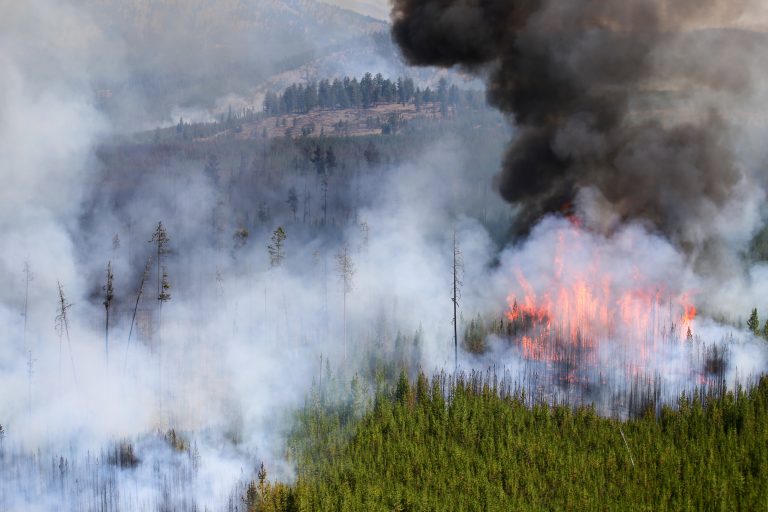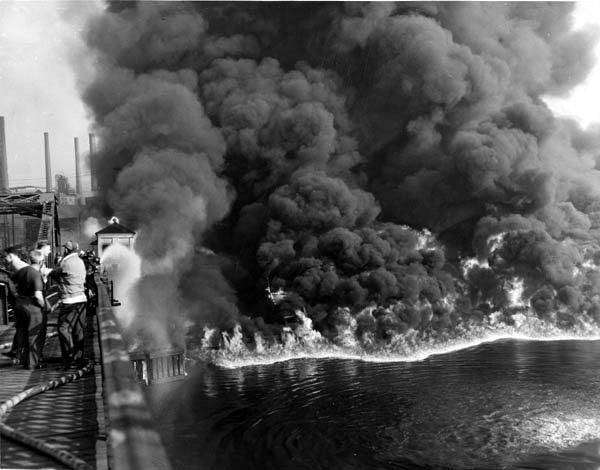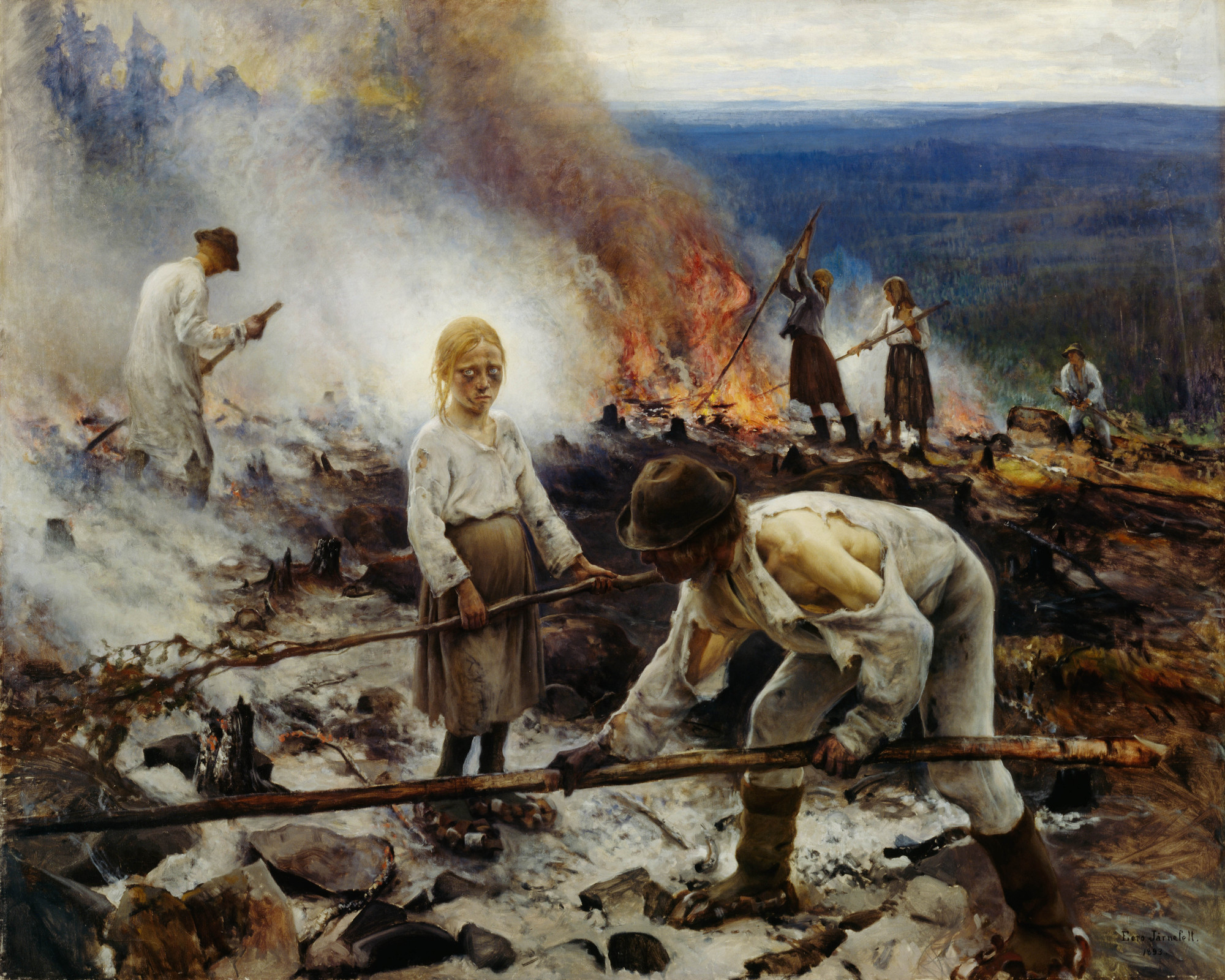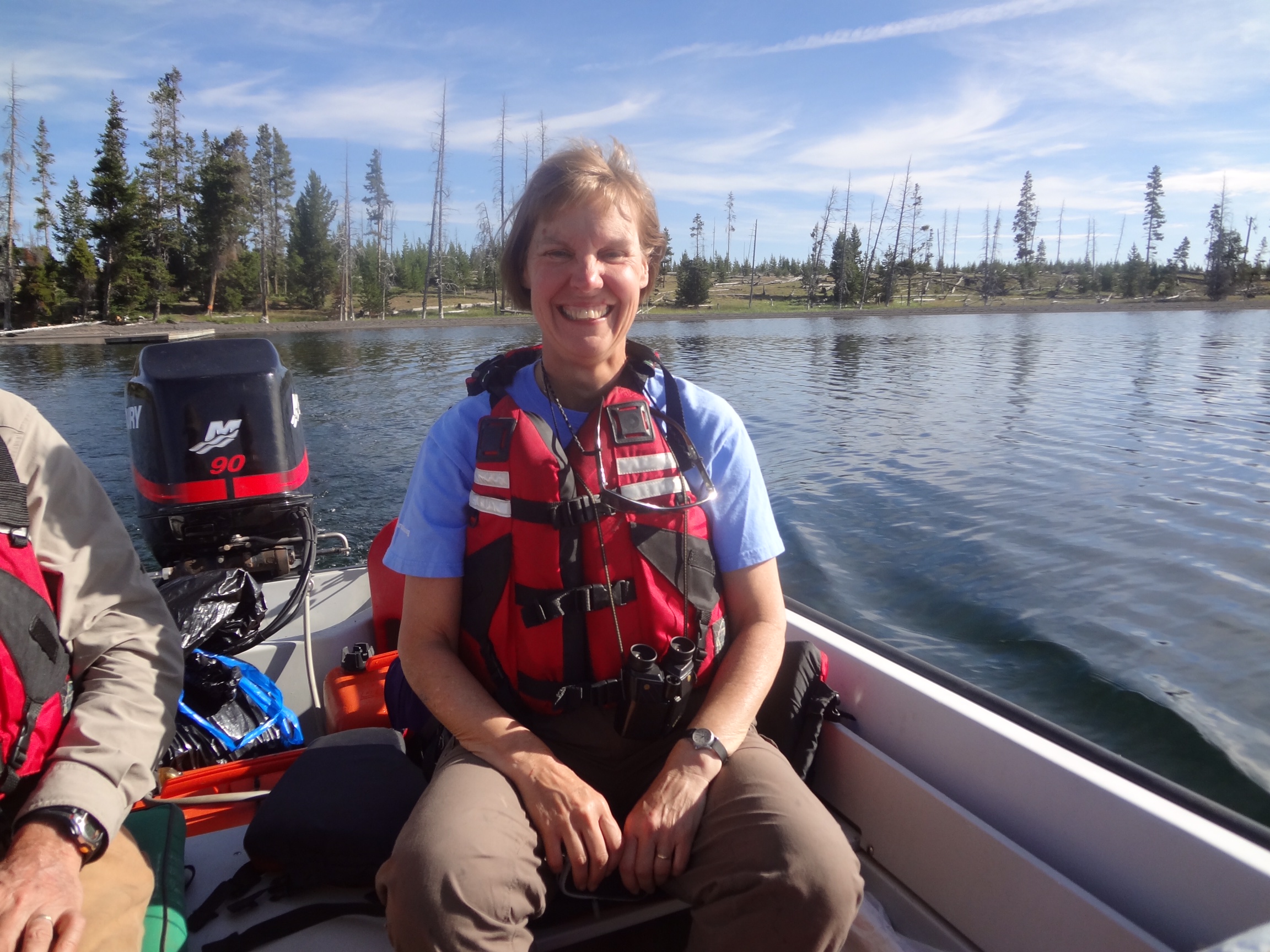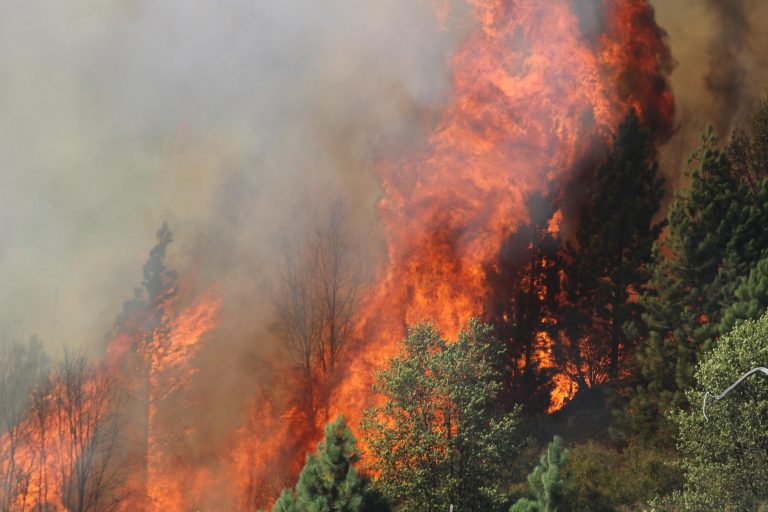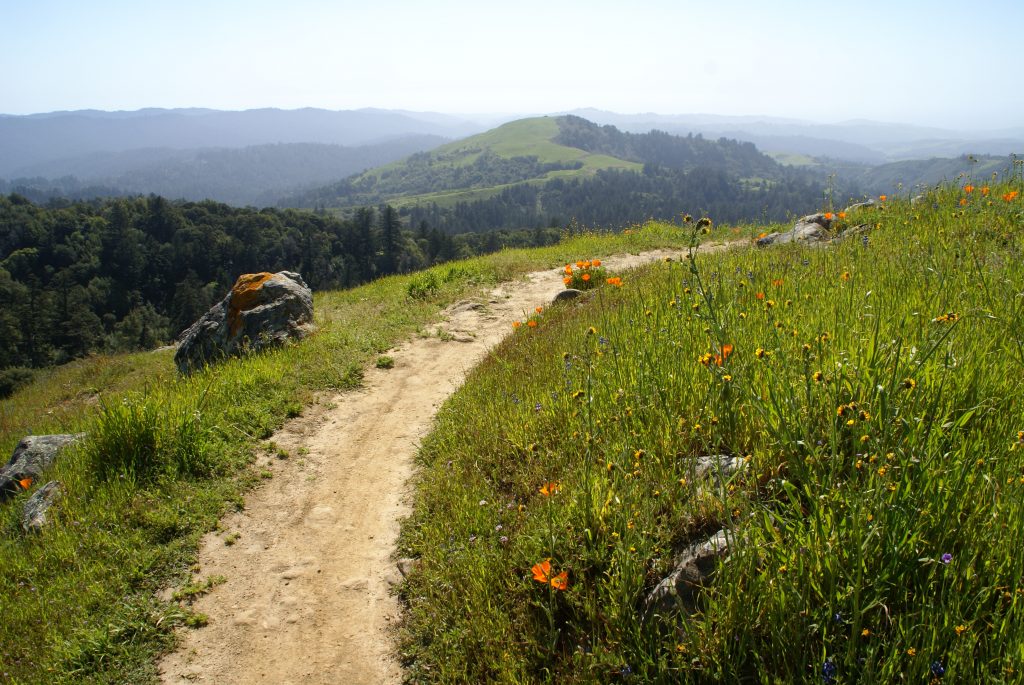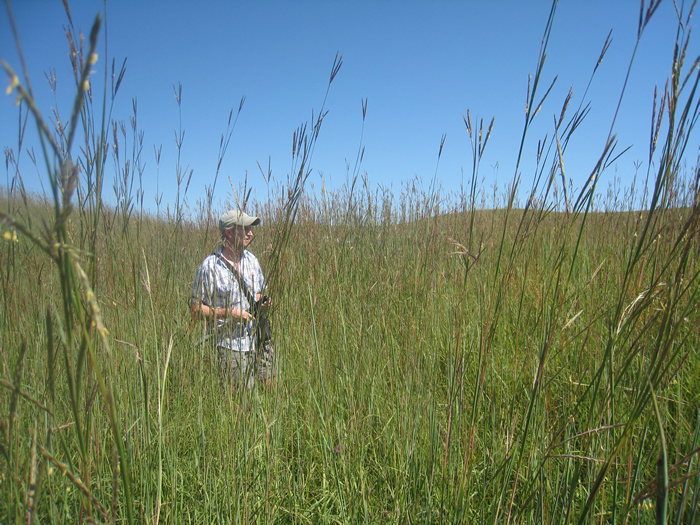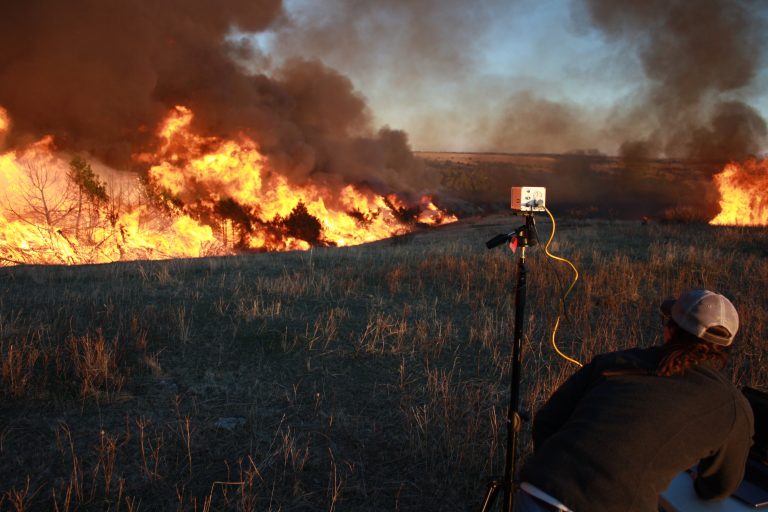
Restoring prairie and fighting wildfire with (drone launched) fire(balls)
To restore the grasslands of the Great Plains, a Nebraska ecologist says, bring back high intensity fires Ecologist Dirac Twidwell wants to change the way we think about prescribed burns. The University of Nebraska professor says he can harness extreme fire to restore grasslands on the Great Plains—and, with the help of the Nebraska Intelligent MoBile Unmanned Systems (NIMBUS) Lab,…
